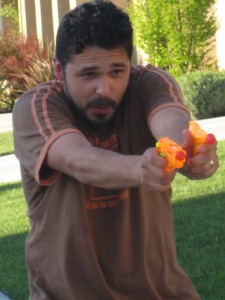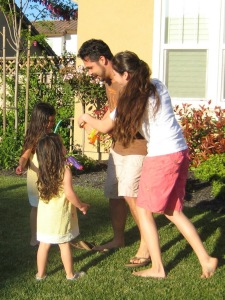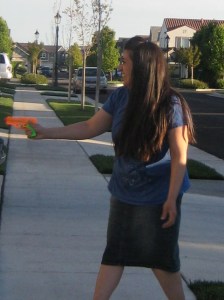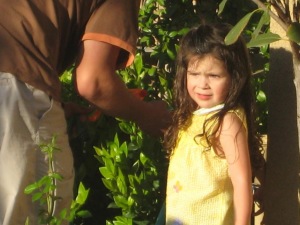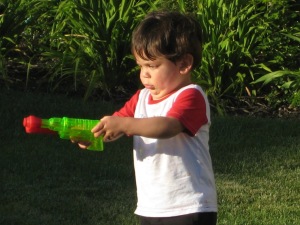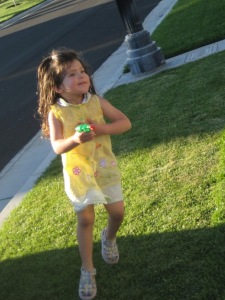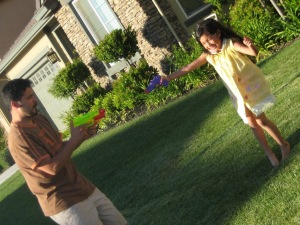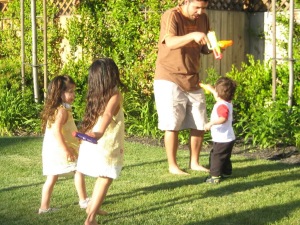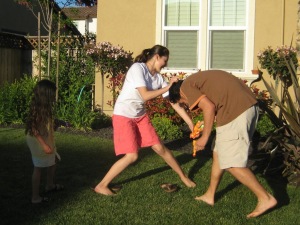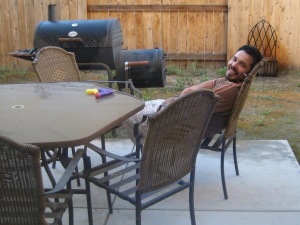Holy Thursday
commemorates Christ’s Last Supper and the initiation of the Eucharist
Altar of Repose
After the Mass, the priest takes off his chasuble and vests in a white cope. He returns to the Altar, incenses the Sacred Hosts in the ciborium, and, preceded by the Crucifer and torchbearers, carries the Ciborium to the "Altar of Repose," also called the "Holy Sepulchre," where it will remain "entombed" until the Mass of the Presanctified on Good Friday.
Then there follows the Stripping of the Altars, during which everything is removed as Antiphons and Psalms are recited. All the glorious symbols of Christ’s Presence are removed to give us the sense of His entering most fully into His Passion. Christ enters the Garden of Gethsemani; His arrest is imminent. Fortescue’s "Ceremonies of the Roman Rite Described" tells us: "From now till Saturday no lamps in the church are lit. No bells are rung. Holy Water should be removed from all stoups and thrown into the sacrarium. A small quantity is kept for blessing the fire on Holy Saturday or for a sick call." The joyful signs of His Presence won’t return until Easter begins with the Easter Vigil Mass on Saturday evening.
Good Friday1 (also called "Great Friday" or "Holy Friday") is the most somber day of the entire year. A silence pervades, socializing is kept to a minimum, things are done quietly; it is a day of mourning; it is a funeral. The Temple of the Body of Christ is destroyed, capping the the penitential seasons begun on Septuagesima Sunday and becoming more intense throughout Lent. Traditional Catholics wear black, cover their mirrors, extinguish candles and any lamps burning before icons, keep amusements and distractions down, and go about the day in great solemnity. ~Fisheaters
Papi with a rose from the Altar of Repose
![altar of repose_thumb[2] altar of repose_thumb[2]](https://joyfilledfamily.com/wp-content/uploads/2012/04/altar-of-repose_thumb2_thumb-300x163.jpg)
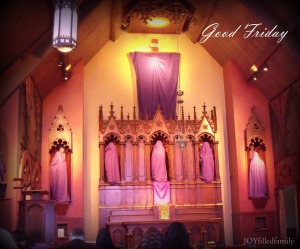
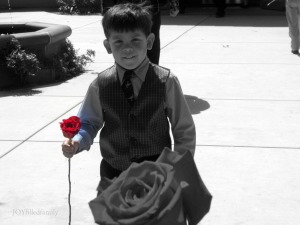
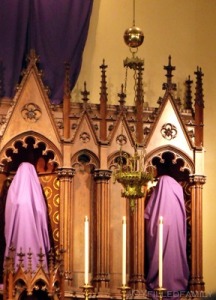
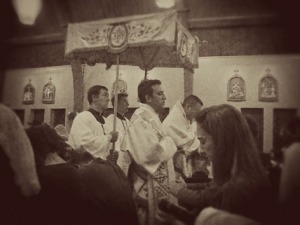

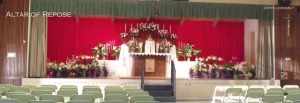

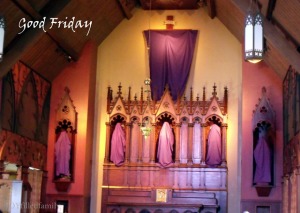

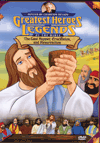

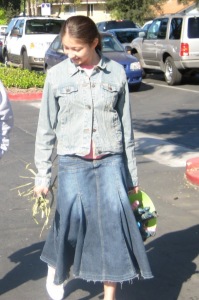
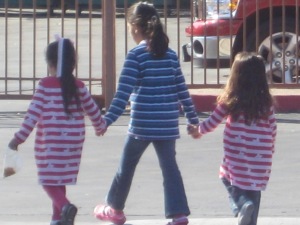
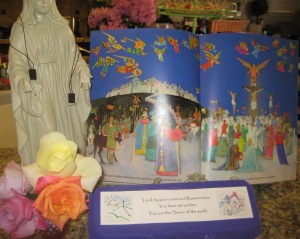
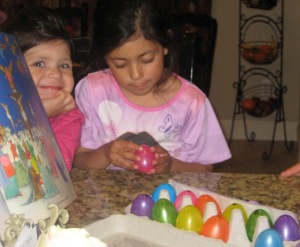
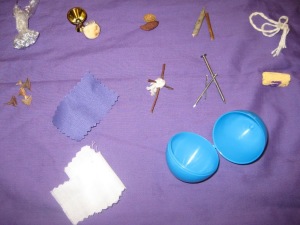
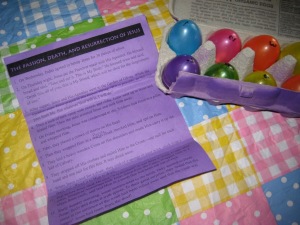



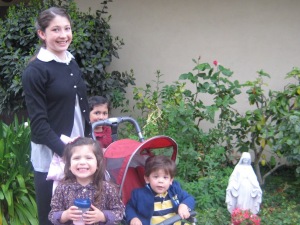

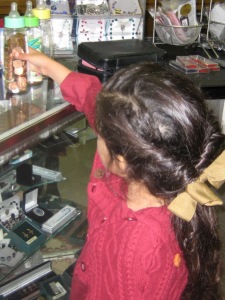
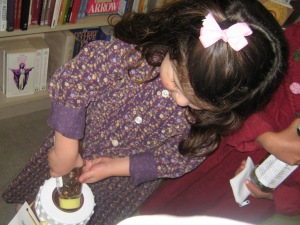
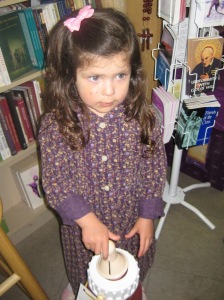
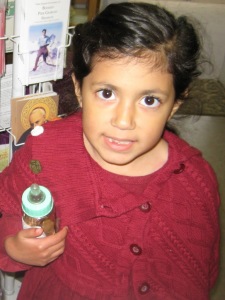
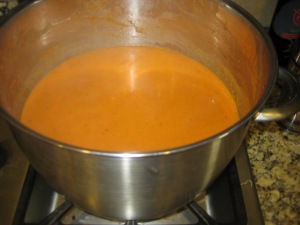 repared our Good Friday soup that friends have made for us for the past 5 years, tomato bisque. As we made the soup Sweetie asked, “is this Jesus’ blood?!?!?” Although we never correlated the two, the soup and Christ’s blood he shed for us, it was a great connection. The soup was delicious and may be questionable for a sacrifice as we all anticipated it and savored every spoonful. We were sure to offer up its yumminess for His sufferings. We then watched our annual Good Friday film, Mel Gibson’s Passion of Christ. Papi slept and Sparkles & Sweetie watched other Holy movies and colored Easter pictures.
repared our Good Friday soup that friends have made for us for the past 5 years, tomato bisque. As we made the soup Sweetie asked, “is this Jesus’ blood?!?!?” Although we never correlated the two, the soup and Christ’s blood he shed for us, it was a great connection. The soup was delicious and may be questionable for a sacrifice as we all anticipated it and savored every spoonful. We were sure to offer up its yumminess for His sufferings. We then watched our annual Good Friday film, Mel Gibson’s Passion of Christ. Papi slept and Sparkles & Sweetie watched other Holy movies and colored Easter pictures.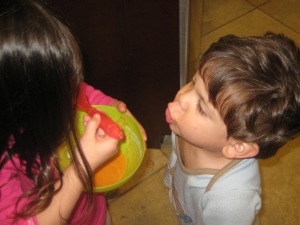

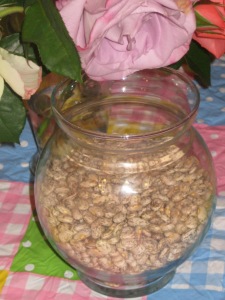

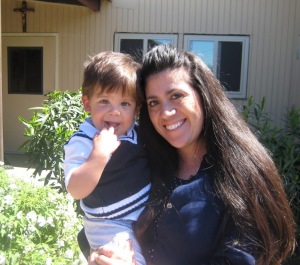
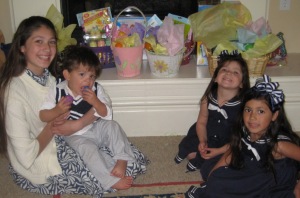
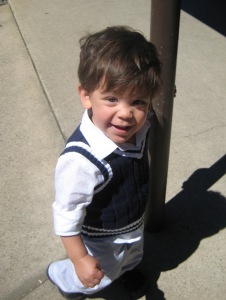
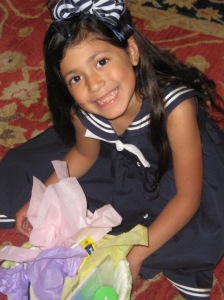

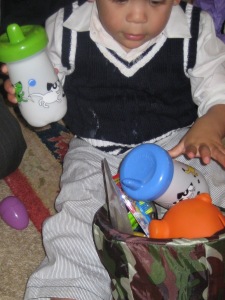
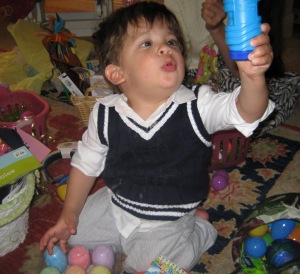
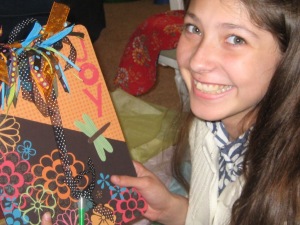
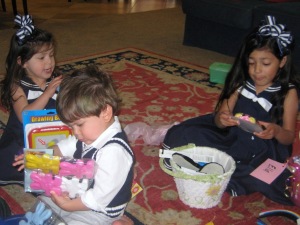
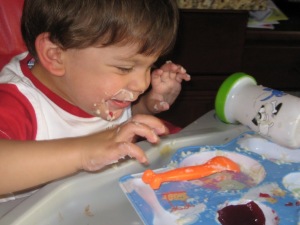 Our Easter was planned to be a simple dinner for us only. My parents were out of town and my sister’s family took the opportunity to have their Easter dinner at their new home. We looked forward to a simple day with family. We decided to have a traditional Thanksgiving dinner for Easter. We though it fitting since we give thanksgiving for His dying and rising, and it’s the children’s favorite. Papi definitely broke his Lenten fast and had three servings. The rest of the children had a trouble slowing down. For desert we had a simple chocolate cake and jelly beans, at the children’s request. Rose’s pumpkin pie had to wait for Monday since we didn’t plan for its two hour set time. It was a Holy day celebrated with simplicity and the children’s requests.
Our Easter was planned to be a simple dinner for us only. My parents were out of town and my sister’s family took the opportunity to have their Easter dinner at their new home. We looked forward to a simple day with family. We decided to have a traditional Thanksgiving dinner for Easter. We though it fitting since we give thanksgiving for His dying and rising, and it’s the children’s favorite. Papi definitely broke his Lenten fast and had three servings. The rest of the children had a trouble slowing down. For desert we had a simple chocolate cake and jelly beans, at the children’s request. Rose’s pumpkin pie had to wait for Monday since we didn’t plan for its two hour set time. It was a Holy day celebrated with simplicity and the children’s requests.
